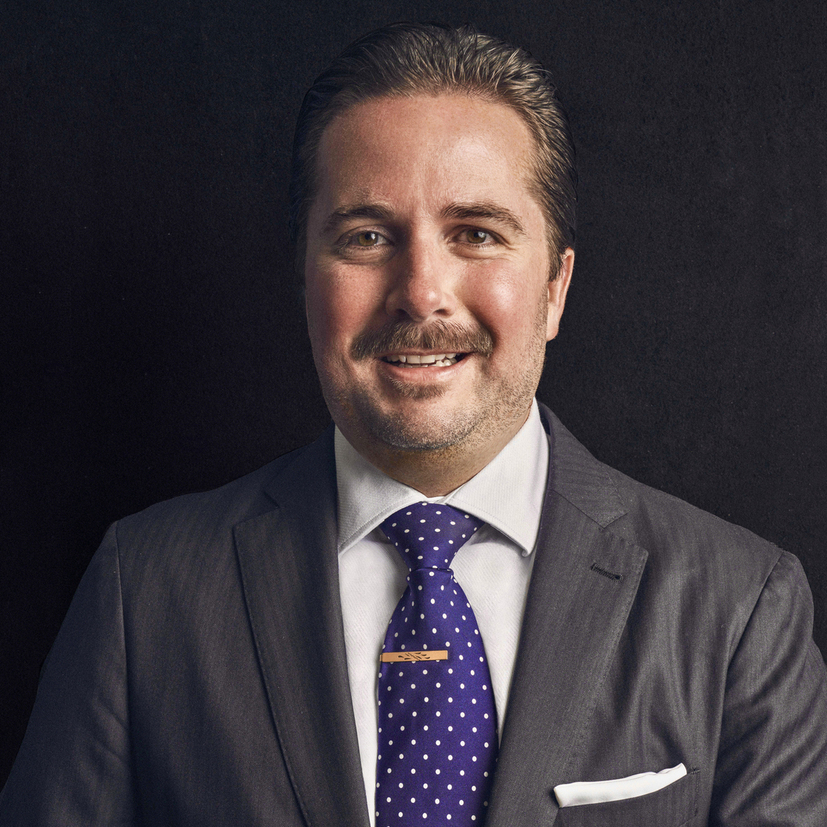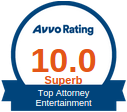In his capacity as a Columnist for California Sports Lawyer®, Founder Jeremy Evans has written a column comparing endorsements across sports and athletes.
You can read the full column below.
~
One may wonder why certain athletes generate more endorsement dollars that others. With Major League Baseball (MLB) star and quite possibly the ninth wonder of the modern world, Shohei Ohtani, fresh off Team Japan’s victory in the 2023 World Baseball Class and the upcoming MLB season, Front Office Sports reported that Ohtani is set to be the highest paid player in the league this year before reaching free agency for the 2024 season where he is expected to sign a contract of $500+ million in total dollars. Ohtani is bringing in $35 million in endorsements and $30 million is annual salary. How is that possible?
In sports, off-the-field or court revenue has always been a great financial producer for professional athletes. Since the introduction of NIL laws in 2021 along with social media and the transfer portal, college athletes now benefit from off-the-field revenue opportunities as well. Even prior to the major commercialization or professional sports in the first half of the last century, professional athletes often made off-the-field money, but it was for off-season jobs as grocers, truck drivers, and for some soldiers in World War I, World War II, the Korean War, and other conflicts.
As an example, Ohtani is an international star that can garner attention across the Pacific Ocean for endorsements from Japanese brands as well as American. This is a testament to Ohtani’s popularity, but also his will to be a two-way player (pitcher and hitter), and his talent. Ohtani’s efforts have never been seen before where a player is both one of the best pitchers and best hitters in the league, at the same time. Babe Ruth was a full-time pitcher before he became a full-time hitter. By comparison, Ohtani has four years of MLB service time, Ruth had ten seasons where he pitched. Through that limited time window, Ohtani has one hundred fewer games pitches, 1,100 fewer innings, a similar earned run average, winning percentage, and only forty something fewer strike outs then Ruth.
Drilling down further, there are generally four reasons why beyond talent that a player in a sport can make more money than another.
Brand vs. Personality
An athlete’s personality may be their greatest asset beyond their talent. A brand and an athlete only work well together if they like each other, want to work together, and have similar interests. The athlete must actually use and enjoy the product they are endorsing to make the advertisement realistic and acceptable to audiences. If an athlete is also funny, gregarious, and well-accepted on social media and in the public eye, engagement levels will be exceptional (e.g., Rob Gronkowski, Shaquille, O’Neil, etc.). Of course, humor in many instances can outweigh believability, which leads to placement popularity.
Head Gear
Football, hockey, and baseball players all wear some head gear either for protection or style and traditional and it restricts the physical appearance of the athlete. Social media has changed some of this restriction because each individual athlete now has their own broadcast and commercialization platform that introduces them to the public. However, basketball and soccer do not have the head wear or gear restrictions so they can potentially be more recognizable to the average viewer or fan giving them a slight advantage.
Guaranteed Contracts
Football does not have guaranteed contracts like baseball, basketball, hockey, or soccer because injuries are so prevalent, the careers are shorter, and for history’s sake, the power of the players union is less compared to other professional sports like baseball and basketball. Where contracts are guaranteed, the players have less incentive to work for off-the-field revenue. Furthermore, basketball and baseball have higher annual salaries than football, hockey, or soccer decreasing the need for added off-the-field revenue.
Team vs. Individual Sports
When not playing for a team and salary, golfers, tennis players, race car drivers, and the like are forced to look for revenue outside of tournament winnings and placements. This is why golfers often lead the endorsement earnings. Individual (non-team) sport athletes are often walking billboards for advertisements, which is not a bad thing, just good marketing efforts.
All of this to say that some athletes can transcend the rules of the advertising business off-the-field as much as they can break the records on-the-field. The hope is this only gives some insight to brands and athletes as to what some of the ground rules are for some sports, which are maybe meant to be broken with the help of social media, talent, character, and personality.
~
About Jeremy M. Evans:
Jeremy M. Evans is the Chief Entrepreneur Officer, Founder & Managing Attorney at California Sports Lawyer®, representing entertainment, media, and sports clients in contractual, intellectual property, and dealmaking matters. Evans is an award-winning attorney and industry leader based in Los Angeles and Newport Beach, California. He can be reached at Jeremy@CSLlegal.com. www.CSLlegal.com.
Copyright © 2023. California Sports Lawyer®. All Rights Reserved.





